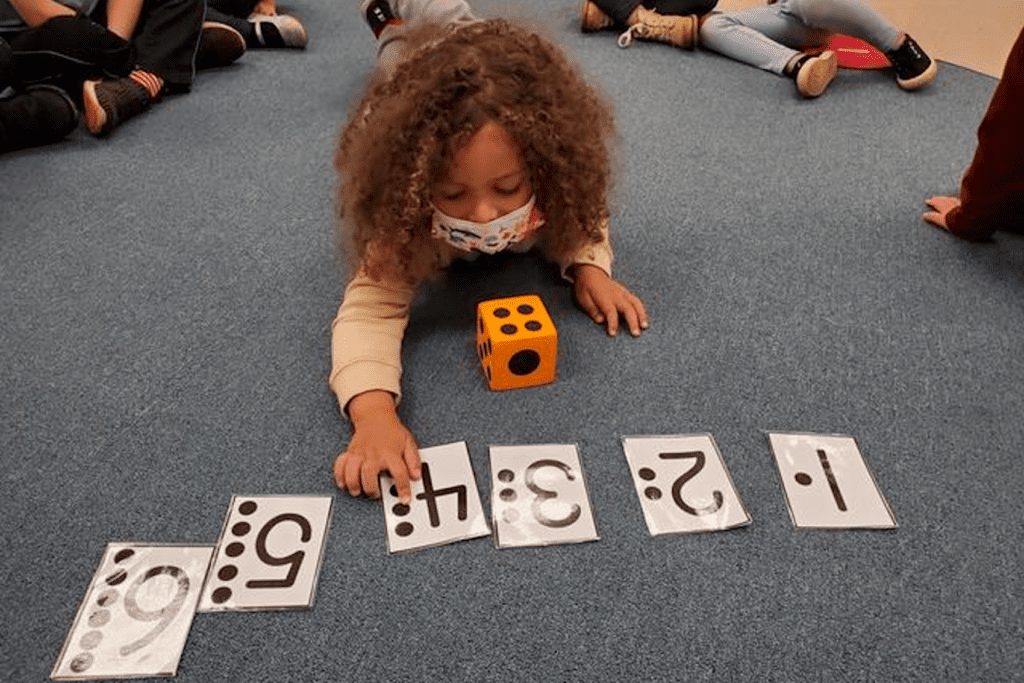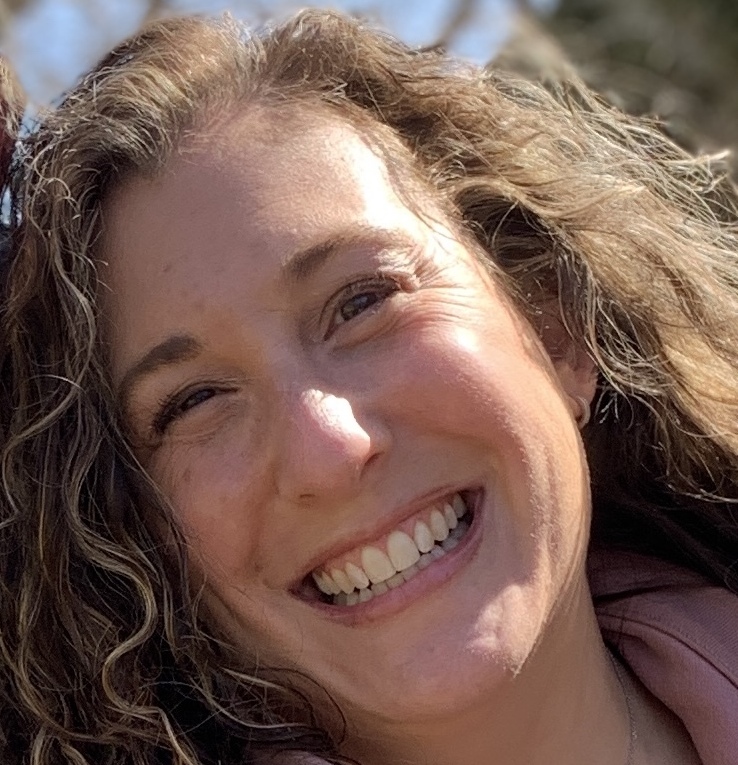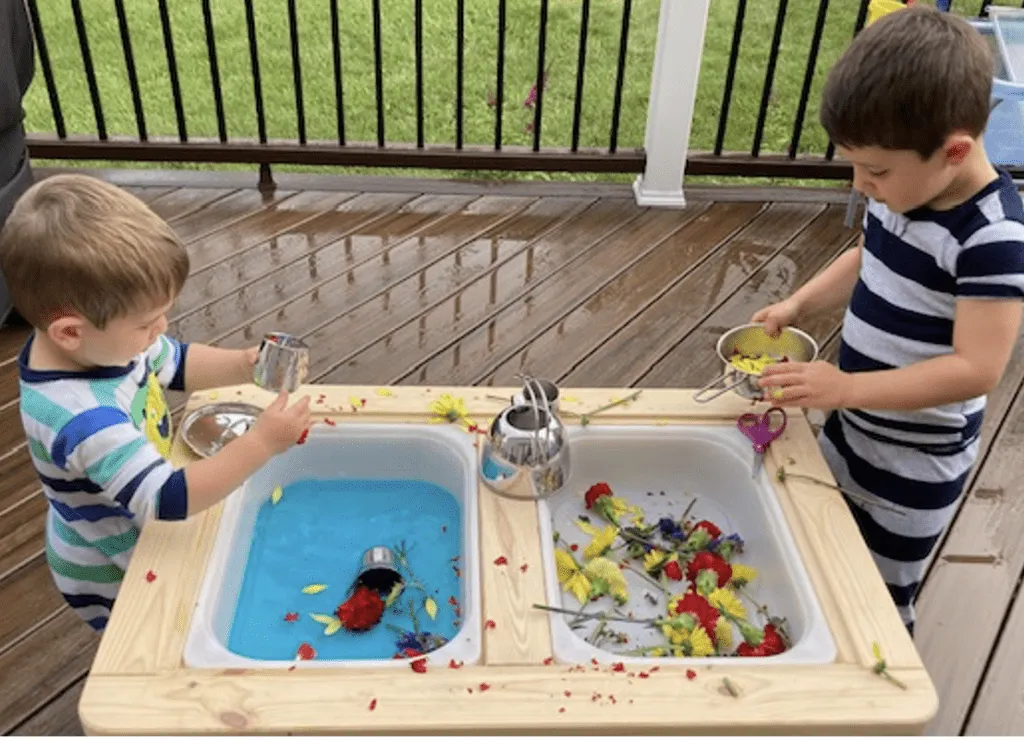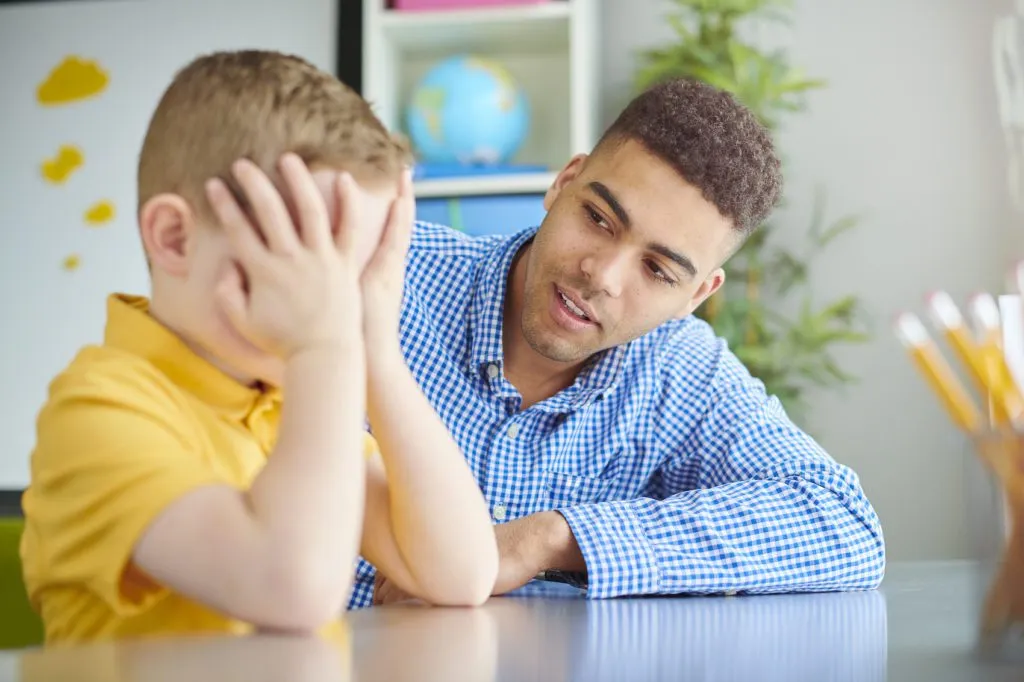Why I Don’t Ask “Who Can Tell Me What We Did Yesterday?” Anymore

Yesterday
All my troubles seemed so far away
Now it looks as though they’re here to stay
Oh, I believe in yesterday”
— The Beatles
Well, that’s what the Beatles famously thought about yesterday. If you ask a three-year-old about what happened yesterday, however, she may produce a lengthy tale of a birthday party with unicorn cupcakes that could have occurred weeks ago! Children aren’t born with a true grasp of time or the timing of events. Yesterday—like all concepts of time—is a learned and practiced construct, developed over, well, time.
Sometimes “Time” Doesn’t Matter
This explanation of children’s development and learning helps us understand why concepts related to time are intentionally taught.
For example, a teacher might move a clothespin or paper clip on a visual schedule of the day, mark the days they’ve been in school by a daily addition to a collection of concrete items, or create a number line to count down the number of days of school until the celebration of a study. The abstract concept of time is marked in meaningful increments that matter to children in their lives—their 36 or 48 months on this planet.
Often, in my role as an instructional coach, I will see a teacher start the learning day like this: she clasps her hands together and gently asks the children, “Who can tell me what we did yesterday?”
The answers come like rapid fire and quickly take the class off course. “Yesterday, Henry found that bug outside in the dirt barrel and….,” and “Yesterday, my grandma came over for dinner for her birthday and.…,” and “Yesterday, my sister was so mean, she….”
If the teacher is lucky, some of those things may have indeed happened yesterday, but it’s more likely they happened earlier “today” or at another time in the past and do not answer the question she is asking.
I know what the teacher is trying to accomplish. However, asking children about what happened “yesterday” tends to be a futile exercise in “guess the answer in my head so we can use that as jumping off place for today’s discussion.” It often fails to create a bridge between children’s prior knowledge and the plans for the day.
What the teacher really means when she asks about yesterday is “Who can tell me all of the learning that already took place so that we can pick up right where we left off and continue building this new understanding of our topic?”
But she didn’t say that.
Connecting the Dots
 I am here to tell you: it takes practice and intentionality to connect the dots for children.
I am here to tell you: it takes practice and intentionality to connect the dots for children.
Some teachers think that by explicitly “connecting the dots” they are giving children the answers and not checking for understanding: I see it as the opposite. I see connecting the dots as “leveling the playing field” so that everyone can dive right into the day’s work—including any children coming back from an absence, those who had a tough day yesterday, and those who may be distracted by itchy socks or a tag on the back of their shirt.
What does “connecting the dots” look like in a preschool classroom? Sometimes, it’s a simple verbal prompt, such as “Yesterday, we read the story The Three Little Pigs. Today, we are going to go back to the book and think about the materials the pigs used to build their houses—straw, sticks, and bricks.”
It could also be a shared writing experience, such as adding to a study’s K-W-L chart or some other documentation of learning.
The important thing is that the teacher quickly brings everyone up to speed and helps the children make connections so they can formulate new questions, hypotheses, and ideas. Explicitly building these connections is a key component of what it means to “scaffold children’s learning.”
When Time Does Matter
We are all working with the great challenge of giving children time to work and explore while still getting them to lunch (and everywhere else they need to be!) on time so that the schedule doesn’t run amok.
The preschool day is packed, and a teacher’s year with a group of children goes quickly. Make the most of that time by intentionally guiding them to “connect the dots” so they can more easily build on the accumulated knowledge of all their yesterdays, even if they don’t quite yet know what yesterday means.

Empower Confident, Creative, Caring Learners
The Creative Curriculum for Preschool is the leading research-based, whole-child preschool curriculum built for early childhood educators.

About the Author: Randi Sosny-Handler
Randi is in her third year working for Winfield Public Schools as their Master Teacher/PIRS. Prior to that, she worked as the Supervisor of Early Learning at a private preschool and also as a first-grade teacher and literacy coach in New York and New Jersey. She joined the Teaching Strategies Professional Development Network this past summer and loves working with her fellow teachers. She is the proud mother of a 16-year-old and 13-year-old and has amassed a great deal of parenting and life experience from them. She wishes to thank the Winfield PreK Teaching Team, children, and families for their support and collaboration.


